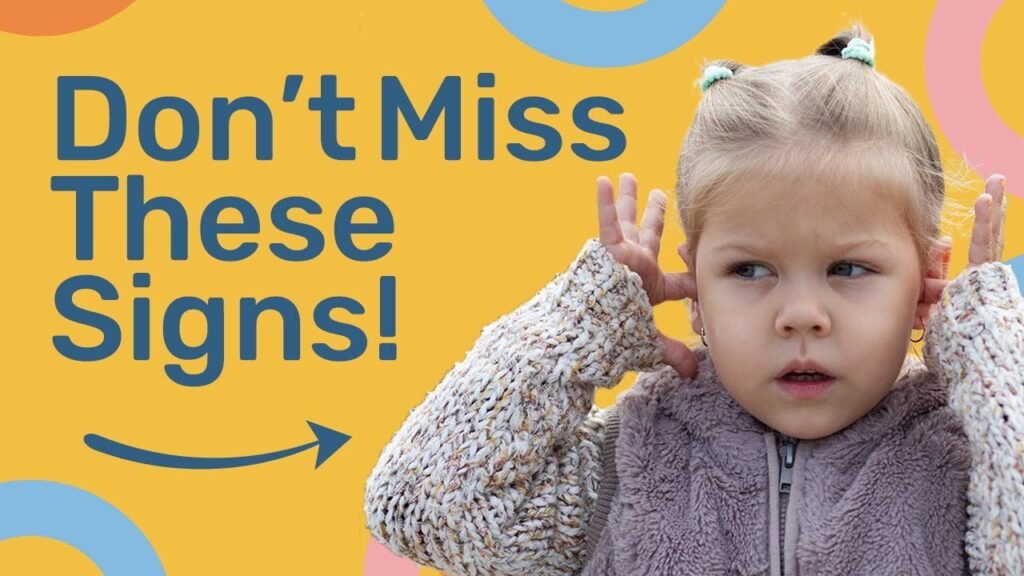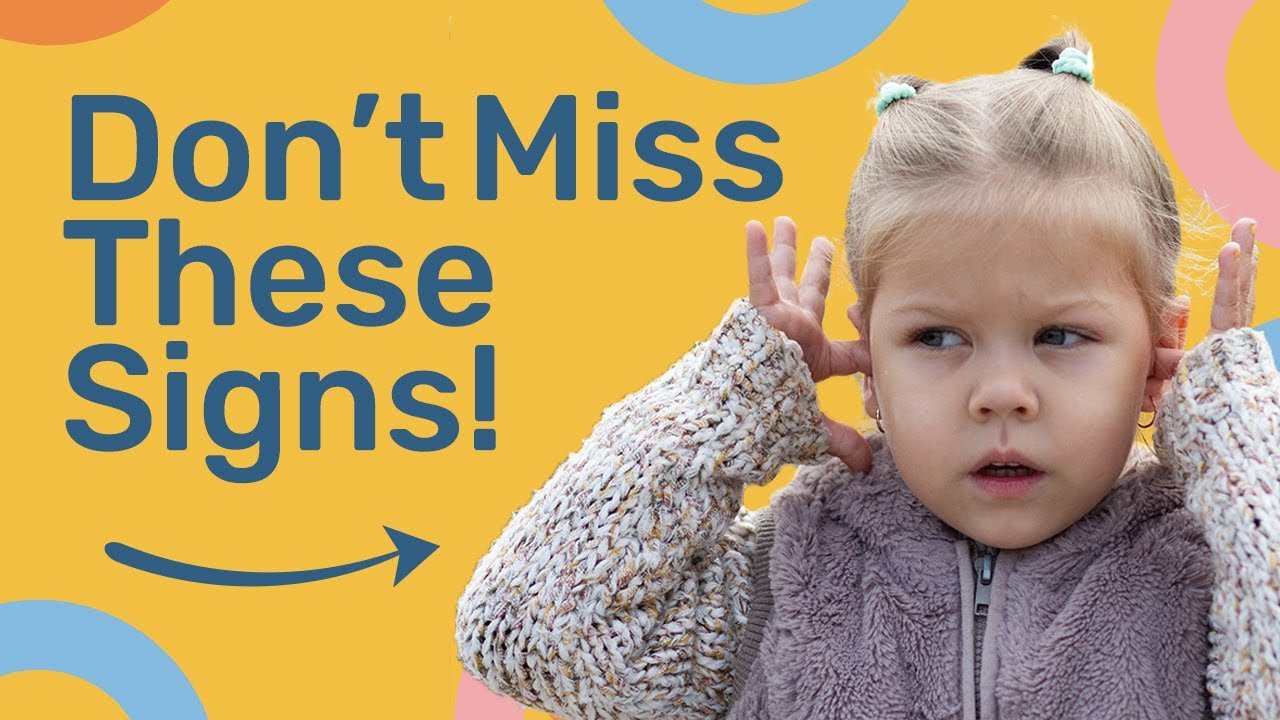In the video “Early Signs of Autism in Young Children” by Emma Hubbard, you’ll learn about the early indicators that may suggest a child requires further assessment for Autism Spectrum Disorder (ASD). It’s important to note that these signs do not automatically mean that a child has autism, but they serve as potential red flags that indicate the need for further evaluation. The video covers seven early signs to look out for, including inconsistent use of eye contact, gestures, and responding to or copying gestures and actions. Additionally, it provides resources and tips for parents who may have concerns about their child’s development.
Emma Hubbard, the creator of the video, emphasizes that the presence of these signs does not guarantee a diagnosis of ASD. However, understanding these specific behaviors can help parents recognize possible indications of autism and take appropriate steps. By watching the video, you’ll gain insights into early signs of autism and develop a heightened awareness regarding your child’s development. Remember, if you have any concerns about your child’s health or development, seeking guidance from a healthcare professional is crucial.
Early Signs of Autism in Young Children

Inconsistent use of eye contact to gain attention
One of the early signs of autism in young children is the inconsistent use of eye contact to gain attention. Typically, children at this age will use eye contact to show something, start a conversation, express their feelings, or request something. For example, if you were rolling a ball back and forth with your 12-month-old and you stopped rolling the ball, the child would typically look at the ball, make a noise, and then look up at you to convey the message of wanting you to continue rolling the ball. However, a child who is having difficulty with eye contact might simply continue to look at the ball without attempting to engage you. If your child is not consistently using eye contact to gain attention, it may be an early indicator of autism.
Inconsistent use of gestures to communicate
Another early sign of autism in young children is the inconsistent use of gestures to communicate. By 12 months of age, babies use a wide range of gestures to convey their needs or desires. They might hold their arms up to indicate that they want to be picked up, wave hello or goodbye, clap their hands, shake their head yes or no, or point to objects of interest. These gestures are a crucial part of communication between a child and their caregiver. However, a child who finds it difficult to consistently use gestures might resort to other methods to communicate, such as grabbing your hand and leading you to what they want instead of pointing. If your child rarely uses gestures to communicate, it could be an early sign of autism.
Not responding to or copying gestures and actions
Children with autism may also have difficulty responding to or copying gestures and actions. Typically, at 12 months of age, babies respond to a wide range of gestures used by parents or caregivers. For example, if you point and say, “Look, there’s a dog,” the child will typically look in the direction you’re pointing. Additionally, babies at this age love to copy, and they often imitate gestures or actions they see their parents or caregivers do. If your child is not responding to your gestures or not copying your actions, it may be worth considering further assessment for autism.
Rarely sharing interest or enjoyment with others
Another early sign of autism is when a child rarely shares their interest or enjoyment with others. At 12 months of age, children are highly social and have a strong desire to engage with others. They often use various ways to share their enjoyment, such as smiling, laughing, holding objects up to show, or pointing to objects of interest. They also frequently look back at their caregiver while playing to ensure that the caregiver is still present. However, a child with autism might continue smiling and playing without referencing or looking back at their caregiver. They may not actively seek engagement or share their enjoyment with others. If your child rarely shares their interest or enjoyment with others, it could be a potential red flag for autism.
Repetitive actions or movements in play or body movements
Repetitive actions or movements in play or body movements can also be early signs of autism in young children. Children with autism may become fixated on specific objects or toys, performing the same action repeatedly. For example, they might repeatedly turn a light switch on and off or watch the wheels of a toy spin instead of engaging in varied play. In terms of body movements, repetitive actions like hand flapping, walking on their toes, or shaking their head back and forth may be observed frequently. While some repetitive behaviors are common in all children, consistent and prolonged repetition may indicate a potential red flag for autism.
Not consistently responding to their name or familiar voices
Children with autism may not consistently respond to their name or familiar voices. Typically, by 12 months of age, children will respond to their name being called, particularly if they are engaged in an activity. However, if your child does not consistently respond to their name, even when you are directly in front of them, it may be a cause for concern. It is important to note that if your child is extremely social, tries to interact, and engages in play, but does not respond when their name is called with their back turned to you, it may indicate a need for hearing assessment.
Not babbling or using babble in a conversational way
Not babbling or using babble in a conversational way can be another early sign of autism. At 12 months of age, toddlers may say their first words but are also using babble to communicate. Babbling is a way for children to practice the sounds and rhythms of language and to engage in “conversations” with others. They may respond to your speech by babbling back, as if they are having a real conversation. If your child is not babbling or not using babble in a conversational way, it may be an indicator of potential developmental concerns.
Additional resources and tips for parents
If you are concerned about any of these early signs of autism in your child, it is important to seek further assessment from a healthcare professional. Early intervention and support can make a significant difference in the development and well-being of children with autism. There are a variety of resources available for parents, including support groups, therapy services, and educational materials. Reach out to your healthcare provider or local autism organizations for more information and guidance on how to best support your child. Remember, every child is unique, and early detection and intervention can help them reach their full potential.

